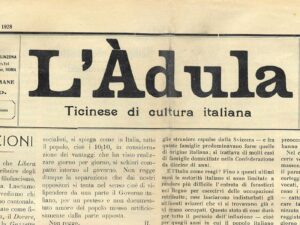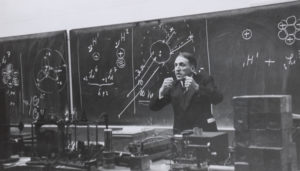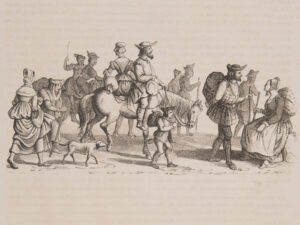
Opposition to Kaiseraugst nuclear power plant
A broad cross-section of society came out in unity against the construction of Kaiseraugst nuclear power plant. The burgeoning anti-nuclear movement benefited from a high degree of media resonance.
The frosty December 1973 sit-in
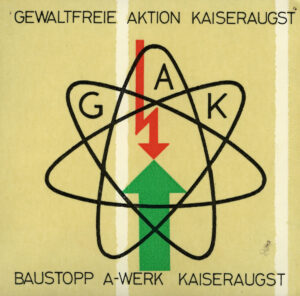
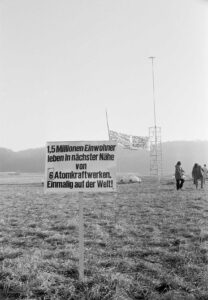
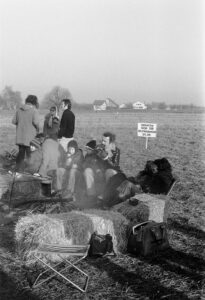
Every day dozens of sympathisers come out in support of the protestors, bringing them snacks and drinks.
The eleven-week occupation of the site in 1975
Aernschd Born, “d Ballade vo Kaiseraugscht” YouTube
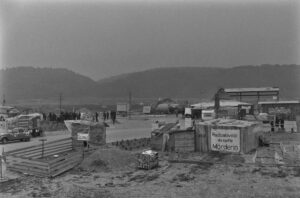


“CH-Magazin” from 25 April 1975 on the occupation of the Kaiseraugst site. YouTube / SRF Archiv
The protests during the 1980s that led to the abandonment of the project
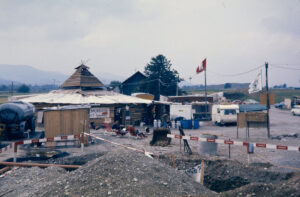
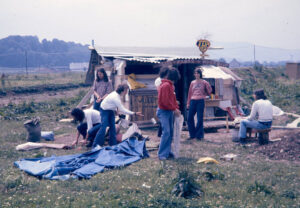

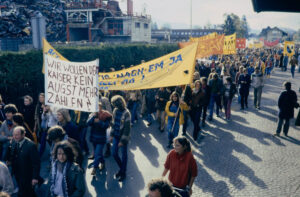
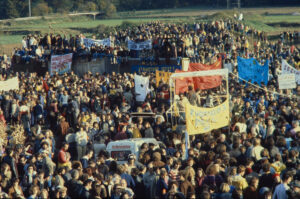
Actualités Suisses Lausanne
Some of the photographs displayed are from press picture agency Actualités Suisses Lausanne (ASL). This agency, based in French-speaking Switzerland, was founded in 1954 by Roland Schlaefli and Edouard Baumgartner. ASL specialised in sports photos as well as political subjects. Schlaefli was an accredited Federal Palace photographer until the agency’s closure. Prior to that, Schlaefli had worked at another press picture agency, Presse Diffusion Lausanne (PDL), which was acquired by ASL in 1974. ASL folded at the turn of the millennium, after which the Swiss National Museum took over the agency’s photo archives.

